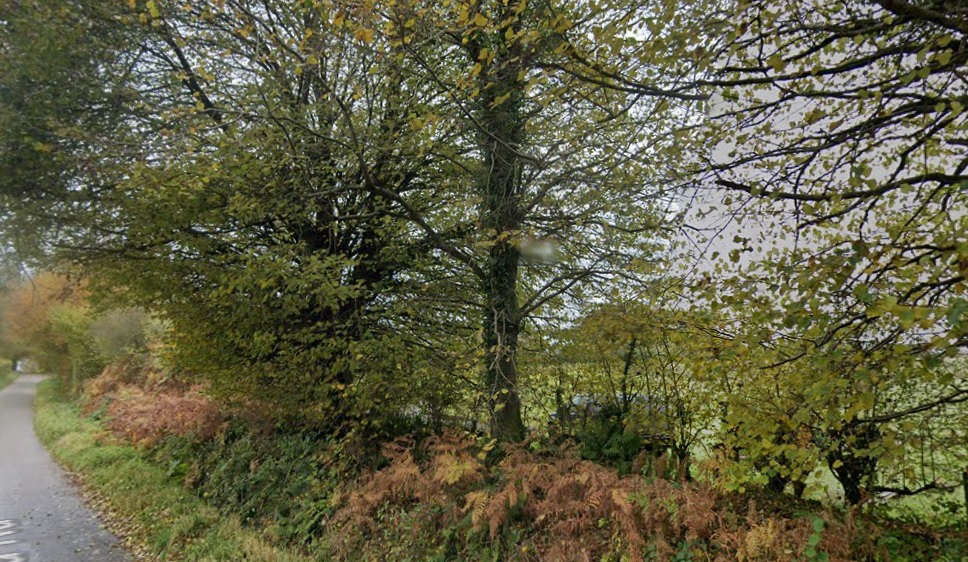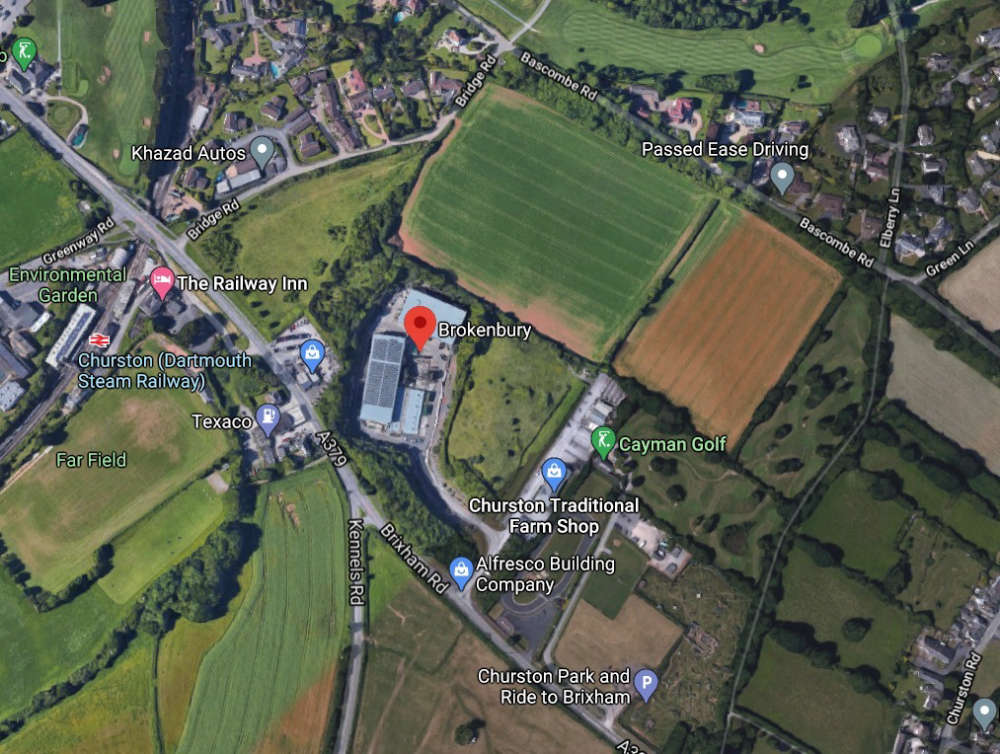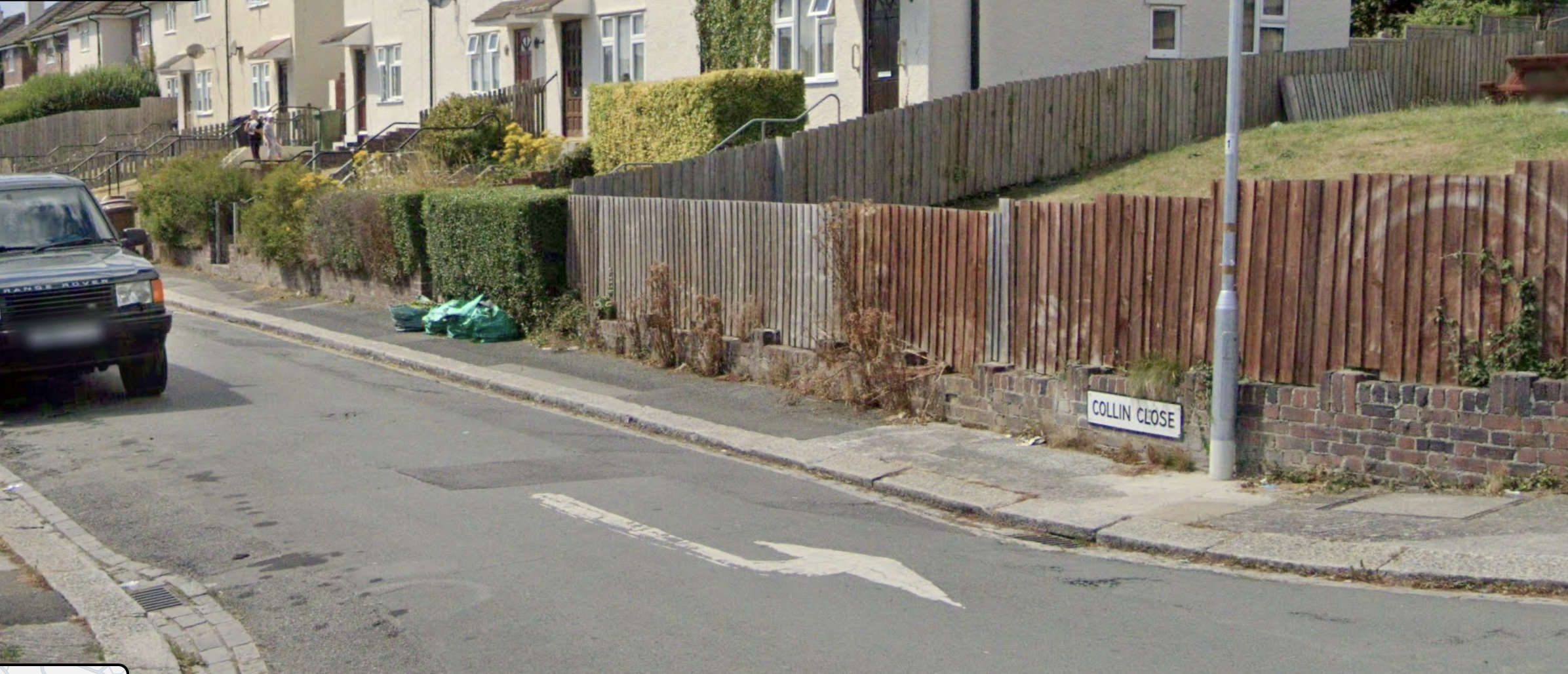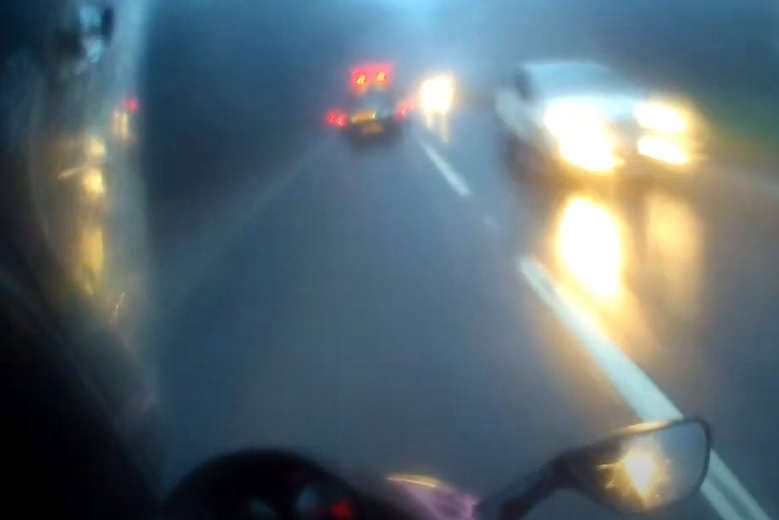
Will they have the energy to appeal?
Councillors have thrown out a proposal to store energy batteries in a field in East Devon for a second time over safety fears.
Members of East Devon District Council’s planning committee are not convinced that enough measures have been put in place to prevent a “catastrophe” should an explosion, fire or pollution incident occur.
The fire service, despite having no objections, commented on the lack of detail and councillors say they have “grave concerns” about enough water being available to fight a fire as no fire hydrants are nearby.
Neither is there sufficient holding capacity to prevent contaminated water from lithium batteries entering local rivers and an ‘aquifer’ which sits below the site and stores groundwater for domestic purposes.
A previous application for a battery energy storge system (BESS) on land at Hawkchurch to the north east of Axminster National Grid Sub Station by Enso Energy was turned down in February due to it not being low carbon, as well as insufficient information on safety and its impact on the landscape. This is now the subject of a planning appeal which will be heard in two weeks’ time.
Councillors criticised the new “almost identical” new plan and turned it down by eight votes (with two abstentions) saying they would let a planning appeal decide its fate.
An expert for EDDC will argue the case at the appeal that, contrary to new government guidance that battery energy storage systems are low carbon, the site will trade power from the grid which uses fossil fuels, so it would be detrimental to the environment.
Ward member Cllr Duncan Mackinder (Lib Dem, Yarty) said local residents bared all the risks for no gain.
“If a fire occurs there are two choices – let it burn or fight it with water. If they let it burn, the next large amount of rainfall will force contamination into the water courses and aquifer but there will also be untold damage to the water supply by the amount of water that would be needed if they fight it.
“At an incident at a site like this in Liverpool, the fire service was able to be on scene within eight minutes and used water from local hydrants, it still ran out of water and the fire burned for over 48 hours.
“We are not in that position, we would arrive much later and the situation would be much worse by the time the fire crews arrive. Some 1.3 billion litres of water would needed if the entire site was affected.”
He said the site was at risk of thermal runway – a fire that generates its own oxygen if charging or temperature control fails and vapour cloud as well as explosion.
And he added: “We already have phosphates in the Exe Valley rivers. Think what would happen if lithium laced fire water got in there too. It would be catastrophic for the area.”
Cllr Alastair Bruce (Con, Feniton) has concerns about the whole enterprise. He said he had experience of an aquifer which had to be taken out of service when it became contaminated by the sea.
“Water had to be pumped to local residents from 43 miles away. With climate change on the rampage these kind of resources are even more precious us to. The risk to the aquifer is far too great to approve this application.”
Hawkchurch Action Group employed a planning consultant who was among several people to speak against the application. Opponents, which include the parish council, say it is wrong that BESS sites are now determined by local authorities without the necessary expertise as the technology is relatively new and there are regular incidents involving them.
However, an officers’ report says that while there are objections on safety grounds, many of the concerns are either regulated by other bodies or can be addressed by imposing conditions to planning permission.
They recommended approval of the latest plan saying comments from the Devon and Cornwall Fire and Rescue Service and the additional information provided by the applicant satisfied them that health and safety matters are satisfactory.
A safety management plan will be put in place before the proposal can go ahead and Enso Energy said it will meet all legal safety requirements, and details can be addressed by planning stipulations.
Fire experts said whilst individual schemes should be assessed on their own merits, a second site access was recommended, a perimeter road around the site and a distanceof 1.4 metres between battery cells.
 Official challenge to Torbay solar farm project
Official challenge to Torbay solar farm project
 Two people injured in suspected Plymouth stabbing
Two people injured in suspected Plymouth stabbing
 Four councillors banned from council tax debates
Four councillors banned from council tax debates
 Video shows Devon biker causing horrific crash
Video shows Devon biker causing horrific crash
 Murder charge after Kingsbridge crash
Murder charge after Kingsbridge crash
 Poorly monkey gives birth to healthy baby
Poorly monkey gives birth to healthy baby
